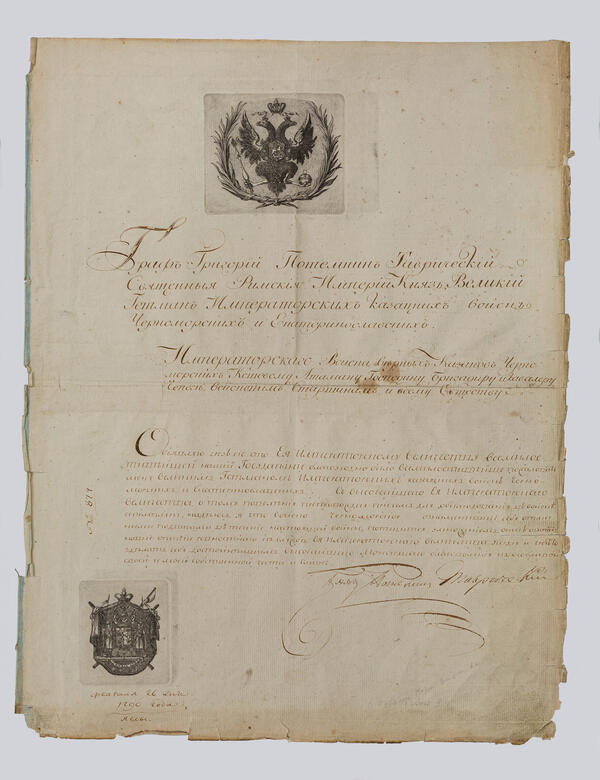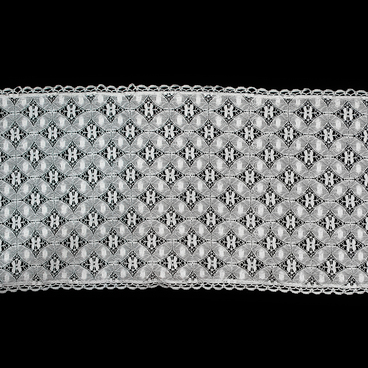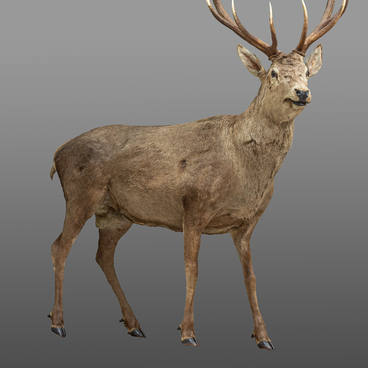The collection of the Krasnodar State Historical and Archaeological Museum houses original handwritten orders of Prince Grigory Potemkin Tauride. Seven documents date back to 1787, 1788 and 1790. At that time, Catherine II appointed Potemkin governor of Novorossiya — a region in the Northern Black Sea coast, located on the territory of modern Crimea, which had just been annexed to the Russian Empire. Some historians include the Kuban Region, the Bessarabian, Black Sea and Stavropol governorates, the Governorate of the Don Cossack Host in Novorossiya.
The 18th-century orders were commands and instructions written by high-ranking officials. The document of February 26, 1790, mentions ‘The most gracious appointment of the Field Marshal General Prince Potemkin Tauride as the Great Hetman of the Imperial Cossack Host of the Black Sea and Ekaterinoslav’, that is, the commander-in-chief of these Cossack units. Another document contains a report for the Empress ‘on the settlement of the entire army in open spaces along the Black Sea coast between the Dniester and the Bug’. With other orders from this collection, the prince appointed atamans (a title of Cossack leaders of various kinds), distributed military lands and handed out his possessions in Taman to the Cossacks, formed new detachments, and sent them to the battlefield.
In the 18th — early 20th century, the documents were retained in Ekaterinodar (today — Krasnodar), in special rooms of the Regional Government and Military headquarters. Then they entered the museum collection. Its founder, Yevgeny Felitsyn, set aside a special section for these documents in the catalog of exhibits and called it ‘Ancient orders stored in the premises of military regalia in the Kuban regional governance’. Judging by Felitsyn’s records, there were originally nine orders, but not all of them were preserved in the museum.
The documents are placed in a cardboard folder, which is wrapped in crimson velvet on the outside, and lined with red silk fabric on the inside. On the front side of the folder, there is a gilded inscription “Orders of Prince Potemkin Tauride”. All orders have the personal seal and signature of Grigory Potemkin.
The 18th-century orders were commands and instructions written by high-ranking officials. The document of February 26, 1790, mentions ‘The most gracious appointment of the Field Marshal General Prince Potemkin Tauride as the Great Hetman of the Imperial Cossack Host of the Black Sea and Ekaterinoslav’, that is, the commander-in-chief of these Cossack units. Another document contains a report for the Empress ‘on the settlement of the entire army in open spaces along the Black Sea coast between the Dniester and the Bug’. With other orders from this collection, the prince appointed atamans (a title of Cossack leaders of various kinds), distributed military lands and handed out his possessions in Taman to the Cossacks, formed new detachments, and sent them to the battlefield.
In the 18th — early 20th century, the documents were retained in Ekaterinodar (today — Krasnodar), in special rooms of the Regional Government and Military headquarters. Then they entered the museum collection. Its founder, Yevgeny Felitsyn, set aside a special section for these documents in the catalog of exhibits and called it ‘Ancient orders stored in the premises of military regalia in the Kuban regional governance’. Judging by Felitsyn’s records, there were originally nine orders, but not all of them were preserved in the museum.
The documents are placed in a cardboard folder, which is wrapped in crimson velvet on the outside, and lined with red silk fabric on the inside. On the front side of the folder, there is a gilded inscription “Orders of Prince Potemkin Tauride”. All orders have the personal seal and signature of Grigory Potemkin.



